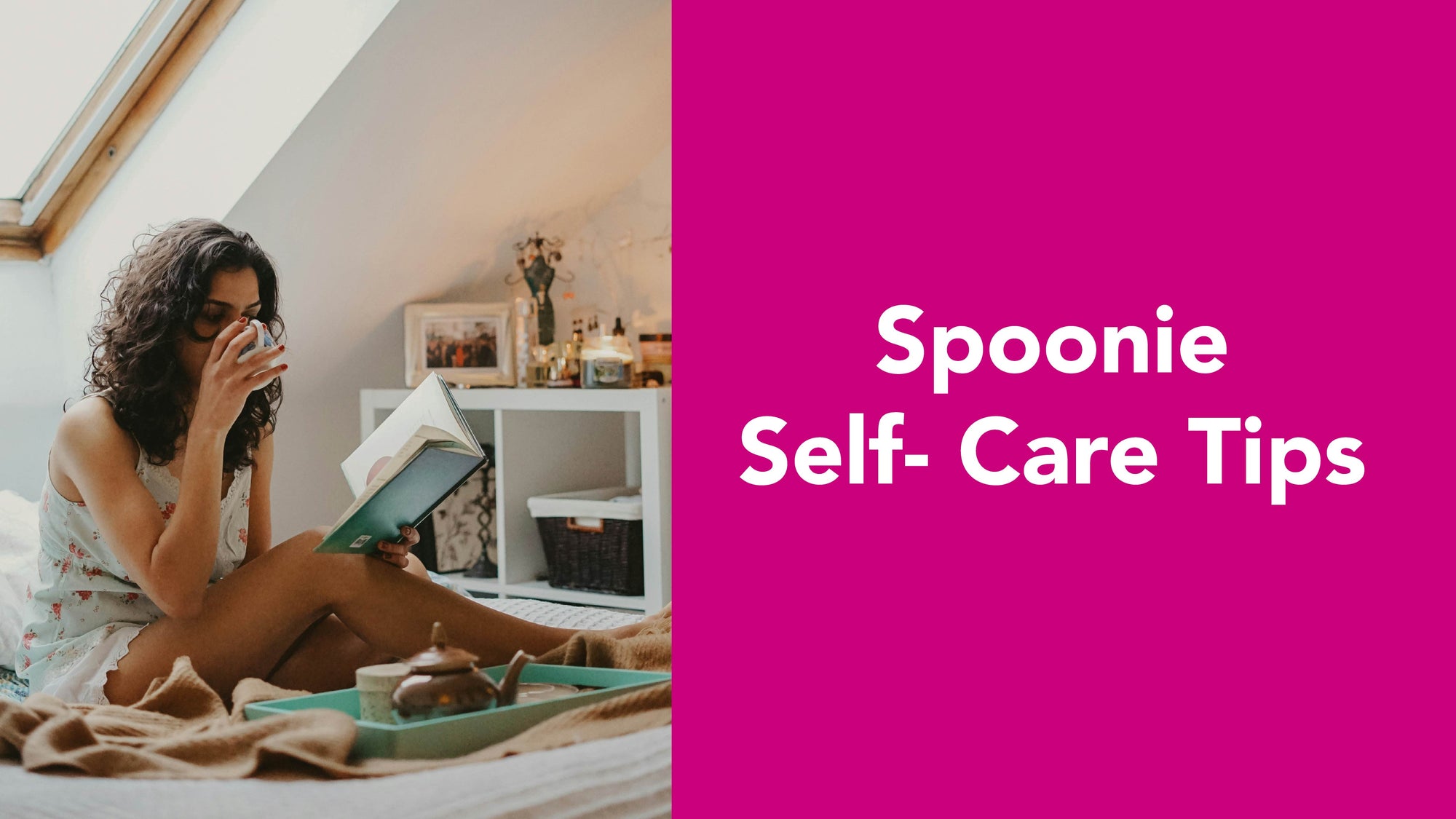Living with a chronic illness means living with constraints — whether it’s energy, symptoms, medical needs, or emotional load. For many in the invisible illness community, self-care isn’t optional — it’s essential.
If you identify as a spoonie, you already know the language. But even so, finding sustainable, realistic ways to care for your mental, physical, and emotional health can make all the difference. Below are 10 Spoonie self-care strategies crafted to help you preserve your spoons, reduce burnout, and nurture resilience.
What Does “Spoonie” Mean — and Why Self-Care Matters
The term Spoonie comes from The Spoon Theory, a metaphor describing how limited energy is for people with chronic illness. Each “spoon” represents a unit of energy. Daily tasks, even small ones, consume spoons. Once they’re gone, you’re done — no push through.
For people living with invisible disabilities (like fibromyalgia, lupus, POTS, Ehlers-Danlos, chronic fatigue syndromes, etc.), that metaphor resonates deeply. The world might see you as “fine,” but underneath may lie pain, fatigue, sensory overload, or medical needs that run deep.
Effective self-care can’t undo your condition — but it can help you protect your energy, maintain stability, and find moments of restoration in each day.

10 Spoonie Self-Care Tips You Can Actually Use
Below are gentle, accessible practices to lean on — even on low-spoon days.
1. Breathe with Intention
Pause for 10 slow, deep breaths — inhale through your nose, exhale through your mouth — focusing on the expansion and contraction of your chest. This small pause can reduce stress hormones and help ground your nervous system.
2. Soak Up Light (Safely)
Indirect sunshine or soft daylight through a window helps regulate circadian rhythm and boosts mood. If you’re light-sensitive, try filtered light, shaded windows, or wear breathable sleeves that let gentle light through without harsh exposure.
3. Savor a Pleasant Scent
Scents connect to memory and emotion deeply. Use your favorite essential oil, coffee aroma, baking, or a scented lotion. Even a few mindful sniffs can lift your mood and re-center your focus.
4. Curate Small, Soothing Spaces
Decluttering promotes calm. Set a timer and spend 3–5 minutes tidying one small area (desk, nightstand, bedside). These small acts help you feel a bit more in control—without overwhelming your spoons.
5. Journal (in Whatever Form Works)
Journaling isn’t about grammar or structure. Use bullet points, voice memos, sketches, or raw thoughts. Track symptoms one day, gratitude the next. Let yourself write what you feel, not what you think you “should” feel.
6. Practice Micro-Gratitude
When larger gratitude feels forced, lean on the small — a cup of warm tea, a soft blanket, a quiet five minutes. Regularly noting micro-gratitudes can shift your internal narrative toward possibility.
7. Try a Body Scan
With eyes closed, mentally scan head to toe. Notice tension, discomfort, warmth, or areas of numbness. Acknowledge what’s present, without pressure to “fix” it. This mindful tuning-in supports self-awareness and a compassionate relationship with your body.
8. Hug Something
Whether it’s a loved one, a pet, a weighted blanket, or your own arms — a hug can release oxytocin and calm stress. Even a self-hug helps: clasp your arms around yourself and breathe into that hold.
9. Let Water Be Your Reset
Immersion or even contact with water (bath, shower, washing hands) can feel reset-like. The soft pressure and temperature change are soothing. Whenever possible, time your care routines so water becomes a restful transition.
10. Gentle Hand or Foot Massage
Your hands and feet often carry hidden tension. Use your non-dominant hand (or a rolling ball) to apply light pressure across palms or soles. Massage up fingers or toes slowly, noticing which zones feel tender or relaxed.
Tips for Making Self-Care Sustainable
Start with micro habits: Pick one or two tips to try for a week before layering more.
Honor your limits: If your body refuses, it’s not failure — it’s feedback.
Track what helps: Use a small journal or symptom app to note what’s soothing vs overwhelming.
Share and build community: Connection with other Spoonies reminds you that you’re not alone, and ideas multiply when shared.
Final Thoughts
There’s no one “perfect” self-care, but there are practices that support you today—so you have something left for tomorrow. Each spoon is precious, and each act of gentleness you offer yourself is meaningful.
At Spoonie Threads, we honor the invisible labor that chronic illness demands. We believe in designing comfort, fostering community, and supporting your daily journey, one spoon at a time.



